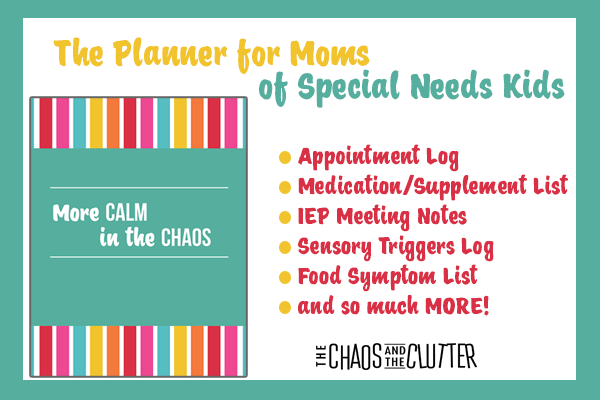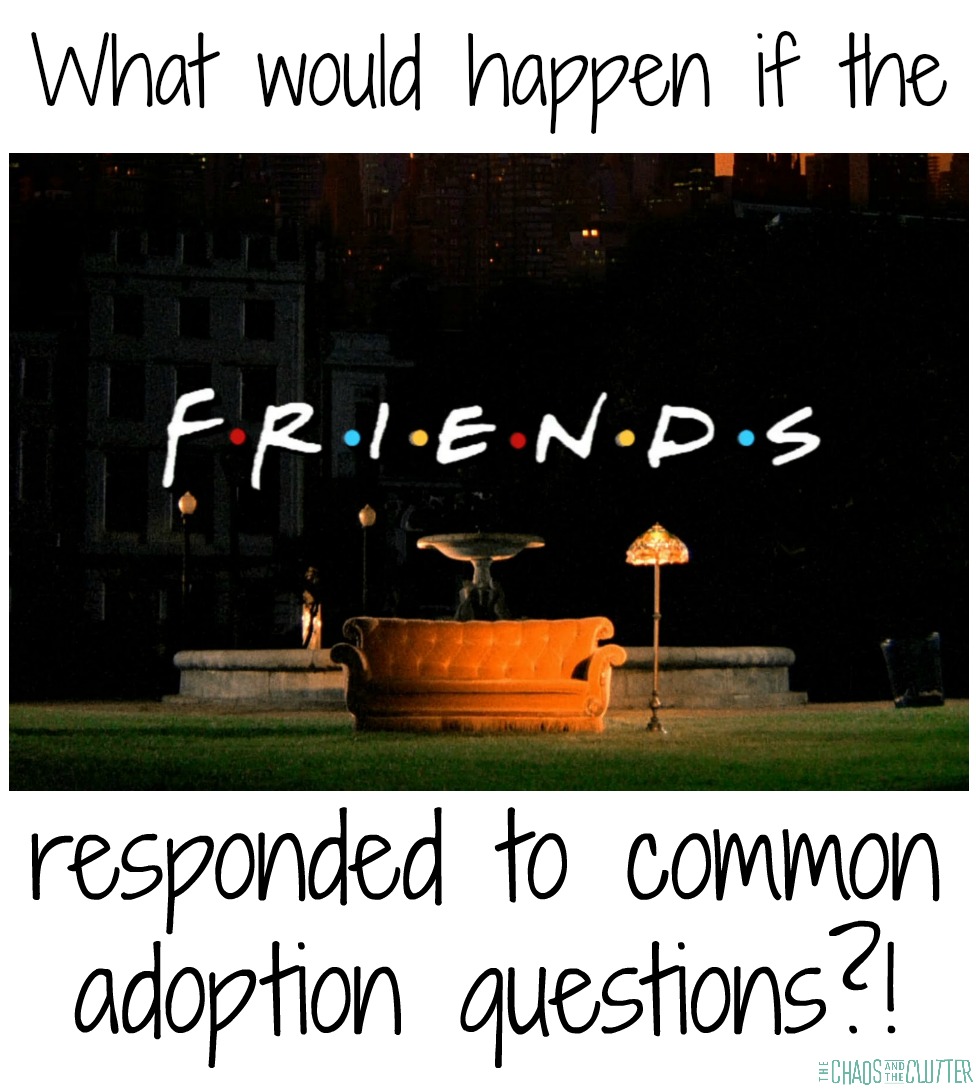Parenting a child with Reactive Attachment Disorder is challenging, isolating, discouraging, and overwhelming. Finding good information is critical on your journey to better understanding your child and accessing effective treatment. I have compiled a resource of what I feel are the best Reactive Attachment Disorder books available to help you on the journey.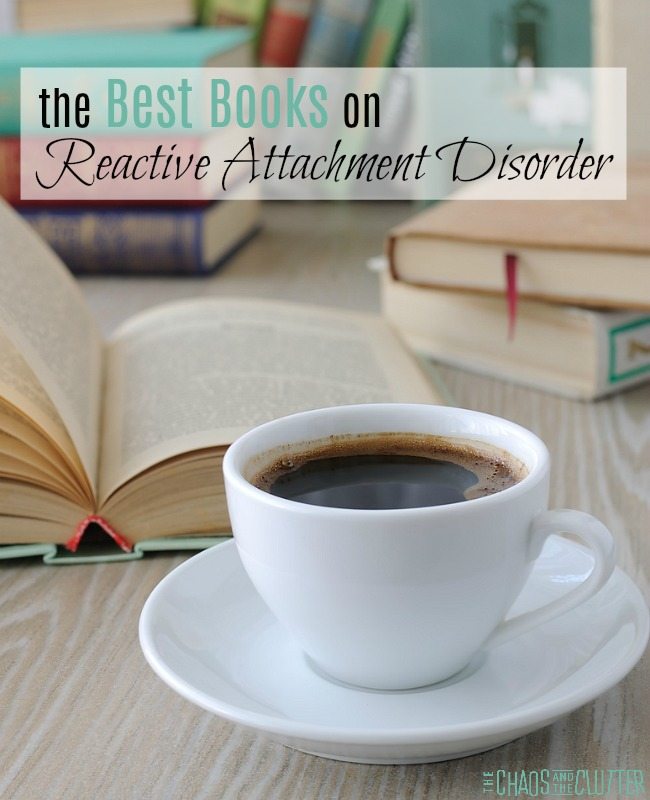
I have separated the books into several categories to make it easier for you to find what you need. You may notice that there is a notable title missing from my book lists. The book by Nancy Thomas that many consider the handbook for Reactive Attachment Disorder is not included among my suggestions. While I admire her early research and she was somewhat of a pioneer in this field, I find some of her methods harsh and they go against my own beliefs when it comes to treatment and parenting of children with Reactive Attachment Disorder.
Reactive Attachment Disorder Books:
The Connected Child: Bring hope and healing to your adoptive family Parenting from the Inside Out
Parenting from the Inside Out The Whole-Brain Child
The Whole-Brain Child Attaching in Adoption: Practical Tools for Today’s Parents
Attaching in Adoption: Practical Tools for Today’s Parents Nurturing Adoptions: Creating Resilience after Neglect and Trauma
Nurturing Adoptions: Creating Resilience after Neglect and Trauma Adopting the Hurt Child: Hope for Families with Special-Needs Kids
Adopting the Hurt Child: Hope for Families with Special-Needs Kids Building the Bonds of Attachment: Awakening Love in Deeply Traumatized Children
Building the Bonds of Attachment: Awakening Love in Deeply Traumatized Children The Body Keeps the Score: Brain, Mind, and Body in the Healing of Trauma
The Body Keeps the Score: Brain, Mind, and Body in the Healing of Trauma The Explosive Child
The Explosive Child
You will note that some of the book titles reference trauma. RAD and trauma almost always go hand in hand. It is difficult to have one without the other, so versing yourself well on trauma will help you to better understand and respond to your child with Reactive Attachment Disorder.
The above books offer a strong foundation of understanding about Reactive Attachment Disorder while the books below provide more in the way of practical suggestions to help your child.
Books that Offer Practical Help for Reactive Attachment Disorder:
Self-Care for Foster and Adoptive Families Parenting the Hurt Child: Helping Adoptive Families Heal and Grow
Parenting the Hurt Child: Helping Adoptive Families Heal and Grow I Love You Rituals
I Love You Rituals Parenting with Theraplay: Understanding Attachment and Nurturing a Closer Relationship with Your Child
Parenting with Theraplay: Understanding Attachment and Nurturing a Closer Relationship with Your Child Attaching Through Love, Hugs and Play
Attaching Through Love, Hugs and Play Lifebooks: Creating a Treasure for the Adopted Child
Lifebooks: Creating a Treasure for the Adopted Child Teaching Emotions Toolkit
Teaching Emotions Toolkit
One of the biggest questions parents have about raising a child with RAD is how to discipline. Traditional discipline methods are not only ineffective for these children, they can actually compound the issues, making the behaviours more intense. These books offer connective parenting alternatives.
Books for how to Discipline a Child with Reactive Attachment Disorder:
The Connected Child: Bring hope and healing to your adoptive family No-Drama Discipline: The Whole-Brain Way to Calm the Chaos and Nurture Your Child’s Developing Mind
No-Drama Discipline: The Whole-Brain Way to Calm the Chaos and Nurture Your Child’s Developing Mind Beyond Consequences, Logic, and Control: A Love-Based Approach to Helping Attachment-Challenged Children With Severe Behaviors
Beyond Consequences, Logic, and Control: A Love-Based Approach to Helping Attachment-Challenged Children With Severe Behaviors
While all of these books offer solutions for parents, they are not designed for children. I wanted to also include some books for kids with Reactive Attachment Disorder. Some of these books are designed to coincide with the discipline methods in The Connected Child while others are to help children understand attachment, loss, their behaviours, or emotions.
Books Designed to Help Kids:
The Invisible String In My Heart: A Book of Feelings
In My Heart: A Book of Feelings The Kissing Hand
The Kissing Hand The Redo Roo
The Redo Roo It’s Tough to Be Gentle
It’s Tough to Be Gentle Doggie Doesn’t Know No
Doggie Doesn’t Know No Baby Owl Lost Her Whoo
Baby Owl Lost Her Whoo The Penguin and the Fine-Looking Fish
The Penguin and the Fine-Looking Fish The Elephant With Small Ears
The Elephant With Small Ears Healing Days: A Guide for Kids Who Have Experienced Trauma
Healing Days: A Guide for Kids Who Have Experienced Trauma I Can Handle It (Mindful Mantras)
I Can Handle It (Mindful Mantras) I Matter (Mindful Mantras)
I Matter (Mindful Mantras) I Can Handle Special Occasions (Mindful Mantras)
I Can Handle Special Occasions (Mindful Mantras) I Can Do That: A Book on Self-Regulation
I Can Do That: A Book on Self-Regulation When My Worries Get Too Big!
When My Worries Get Too Big! Love You From Right Here: A Keepsake Book for Children in Foster Care
Love You From Right Here: A Keepsake Book for Children in Foster Care Teaching Emotions Toolkit
Teaching Emotions Toolkit
I hope you’ve found these lists of Reactive Attachment Disorder books helpful. If this topic interests you, you may be interested in signing up for our free email series offering help and hope to parents.
You may also be interested in these articles:
Recognizing the Signs of Reactive Attachment Disorder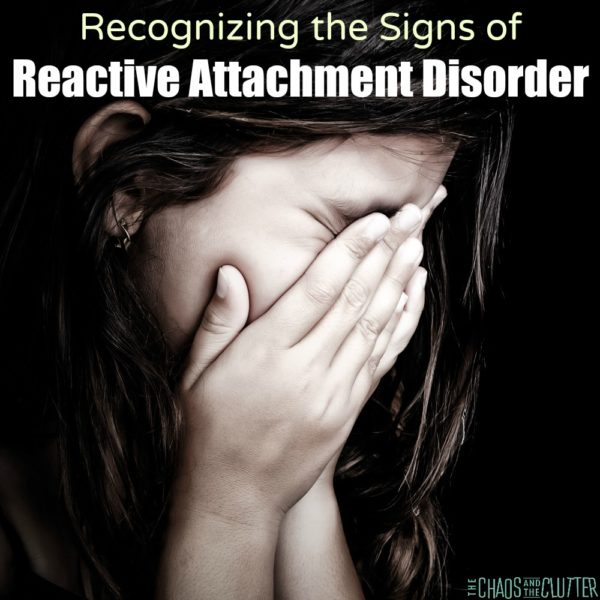 What I Wish You Knew About Parenting a Child with Reactive Attachment Disorder
What I Wish You Knew About Parenting a Child with Reactive Attachment Disorder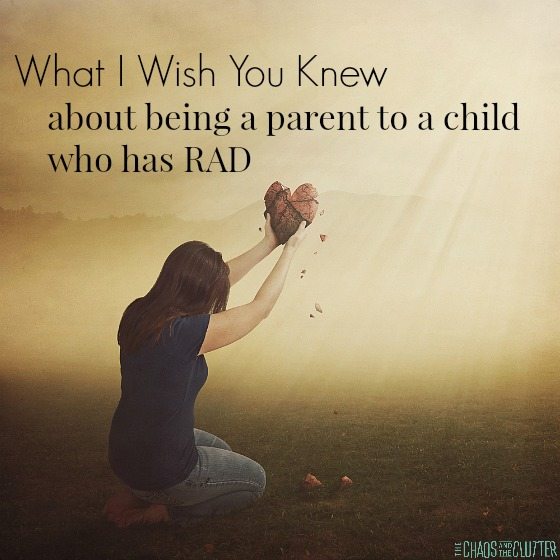
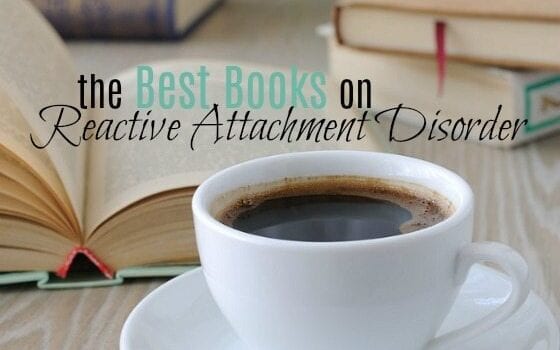









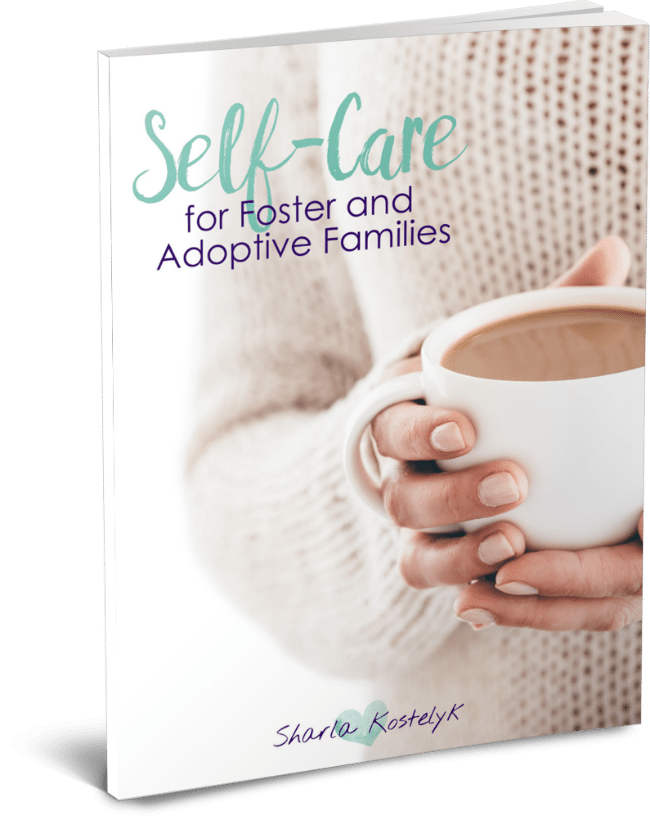


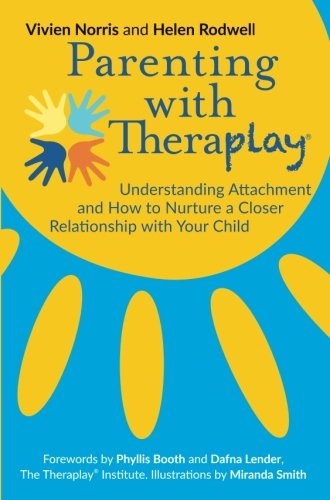

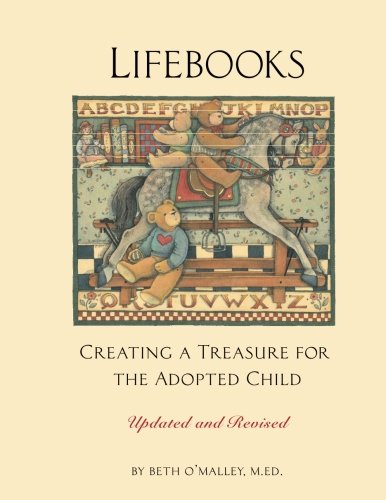





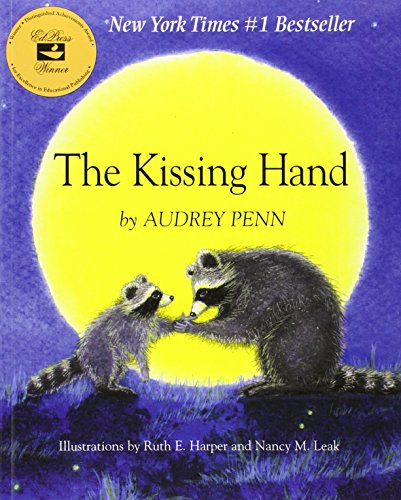













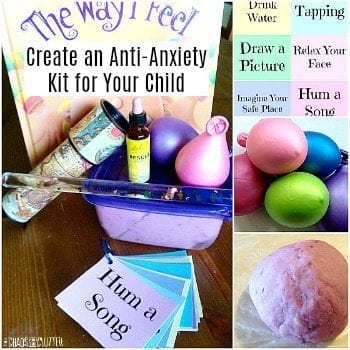
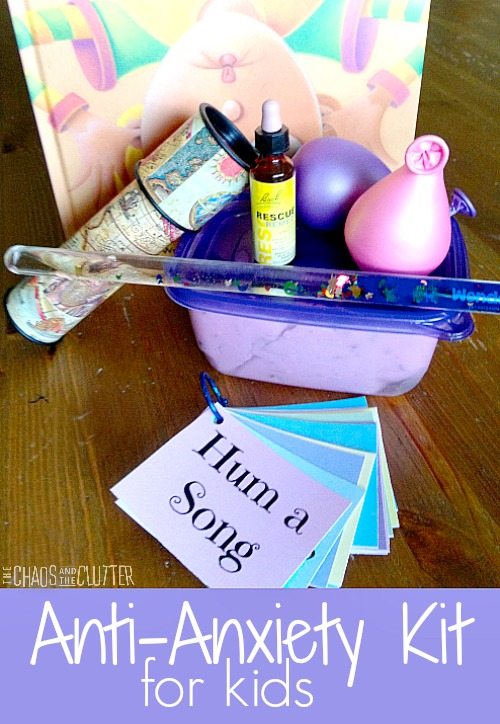








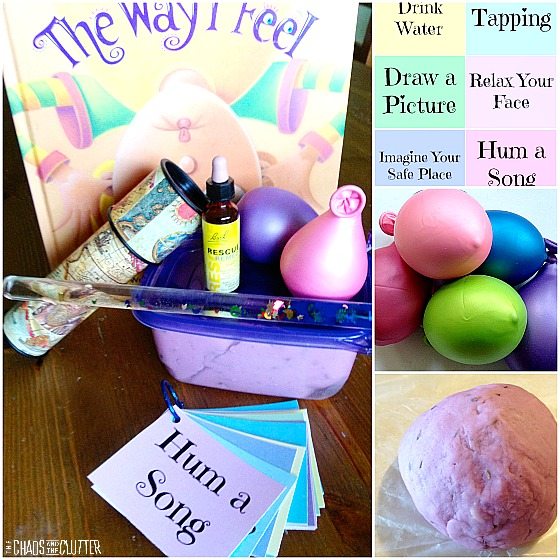
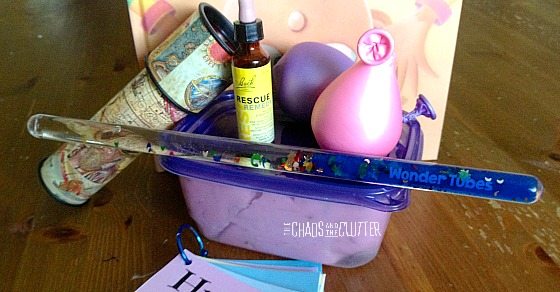
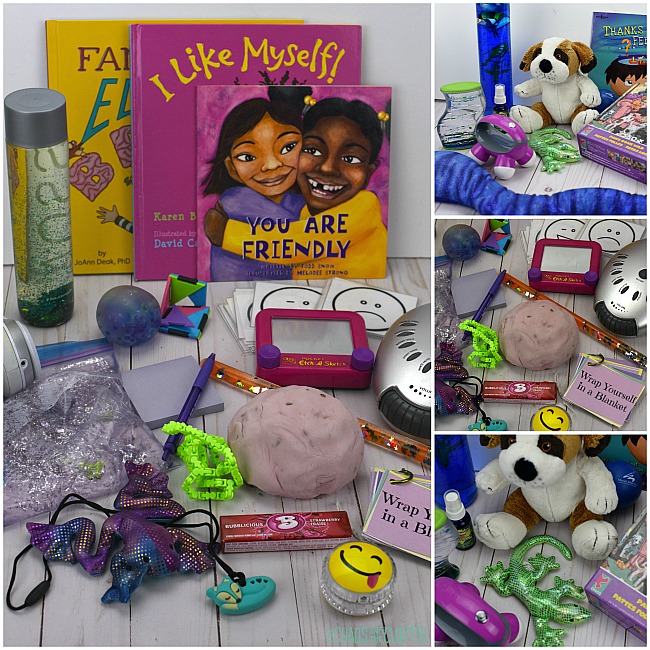

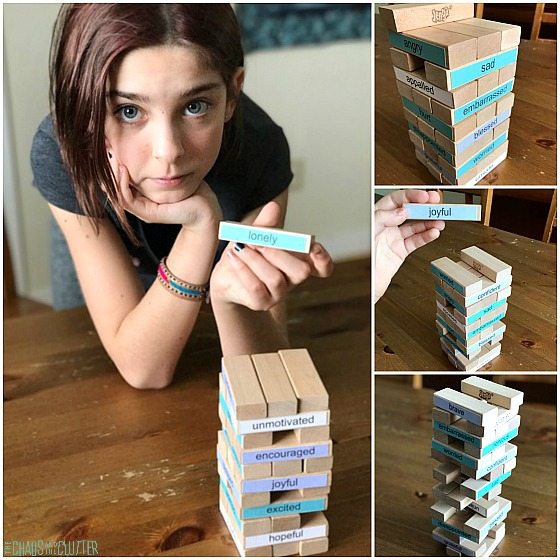
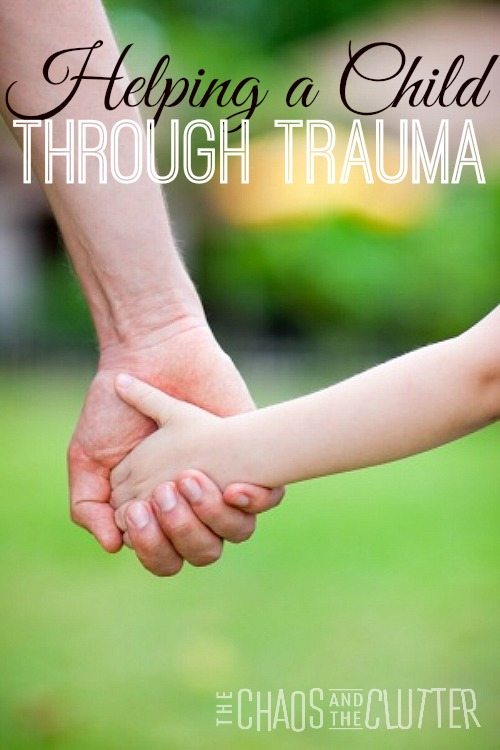


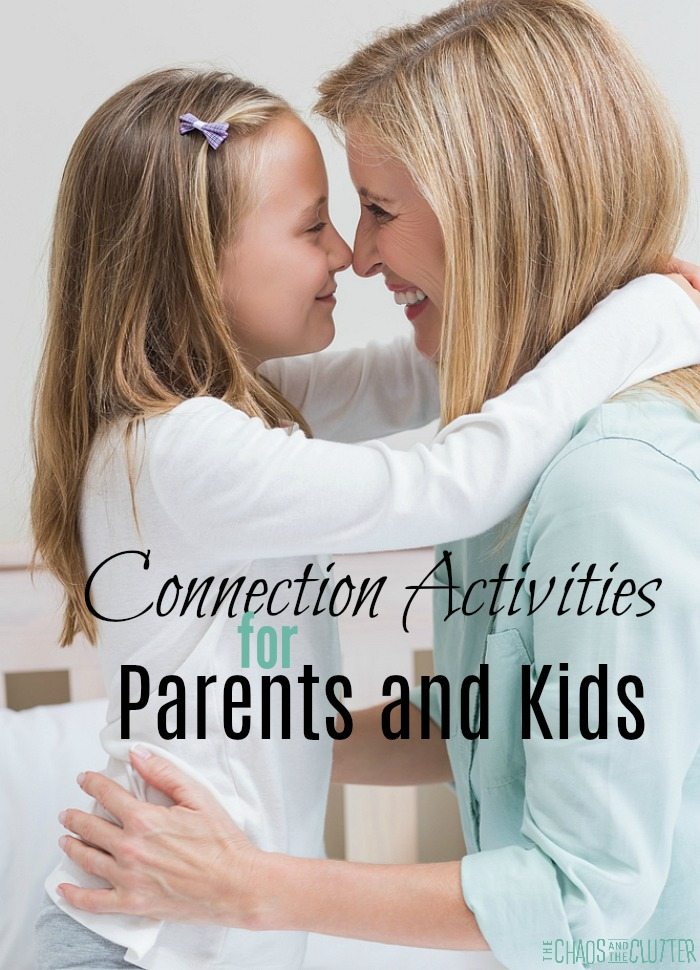
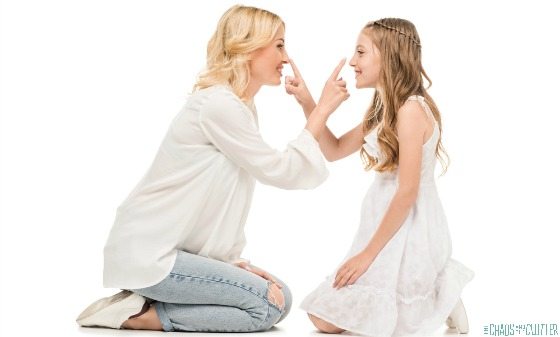
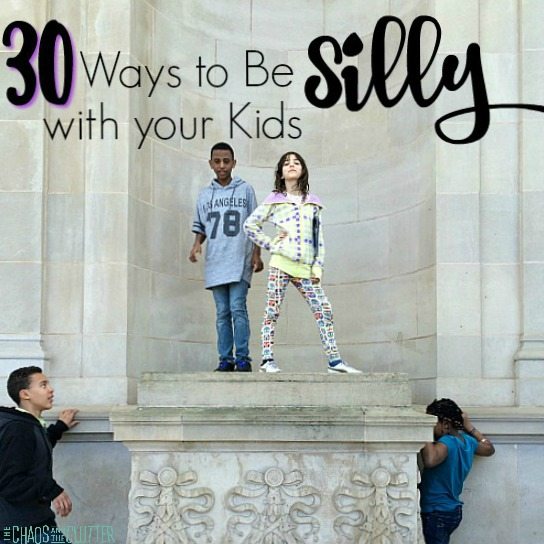
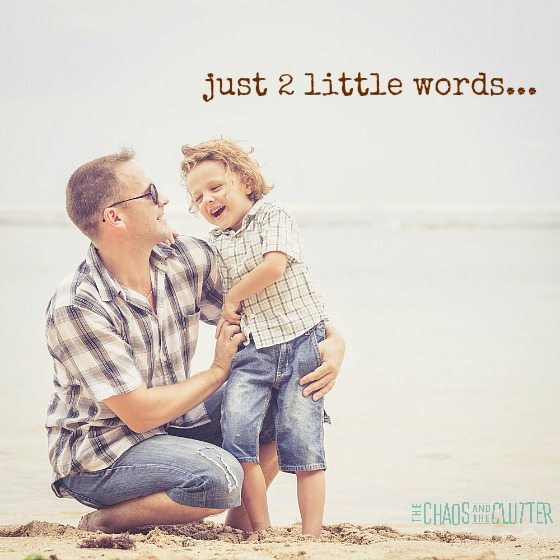

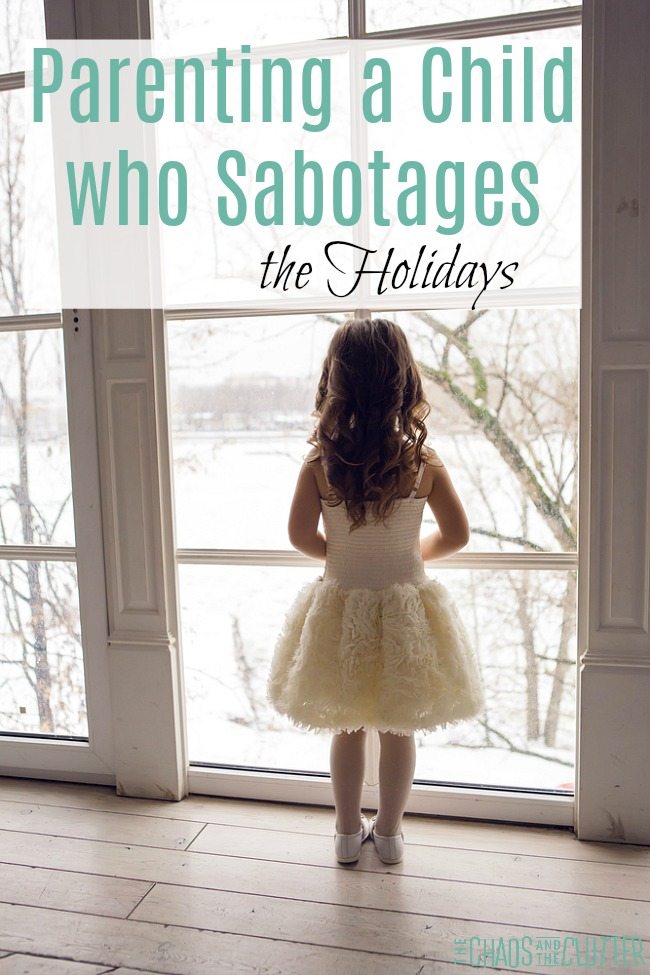 Some of our kids have at times sabotaged big days including birthdays (other people’s and even their own), Thanksgiving, Easter, Christmas, graduations, anniversaries, family celebrations, vacations, times of accomplishment when others are the center of attention, Father’s Day, and often in particular,
Some of our kids have at times sabotaged big days including birthdays (other people’s and even their own), Thanksgiving, Easter, Christmas, graduations, anniversaries, family celebrations, vacations, times of accomplishment when others are the center of attention, Father’s Day, and often in particular, 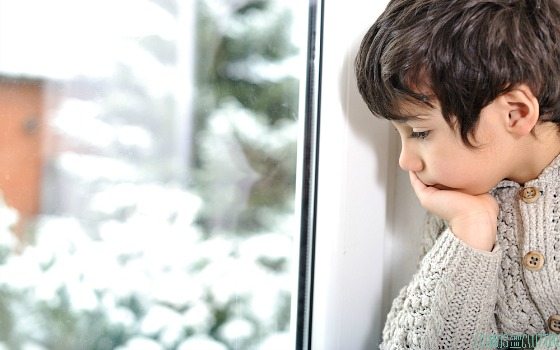
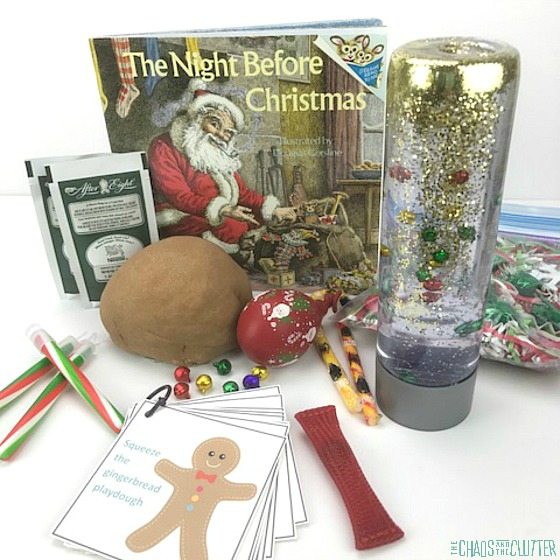
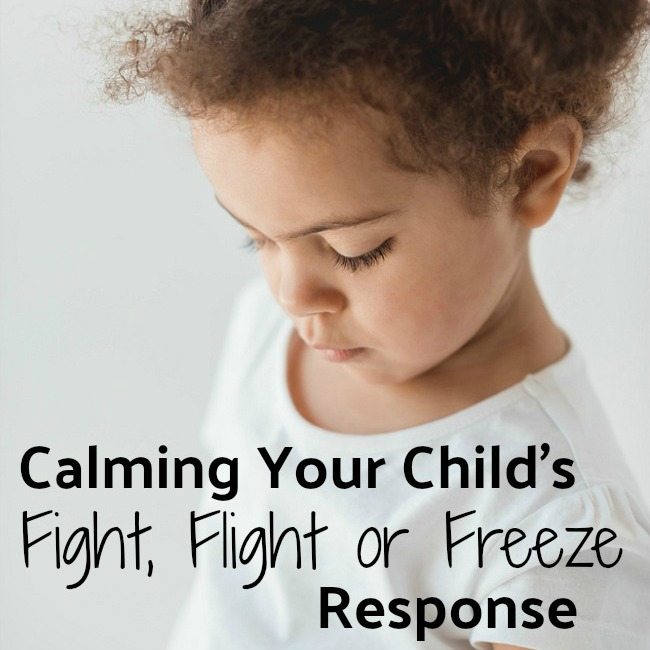
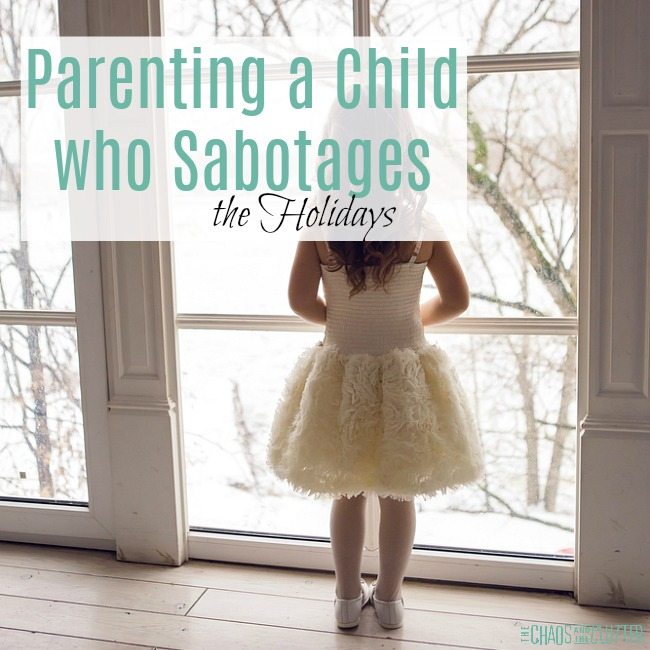
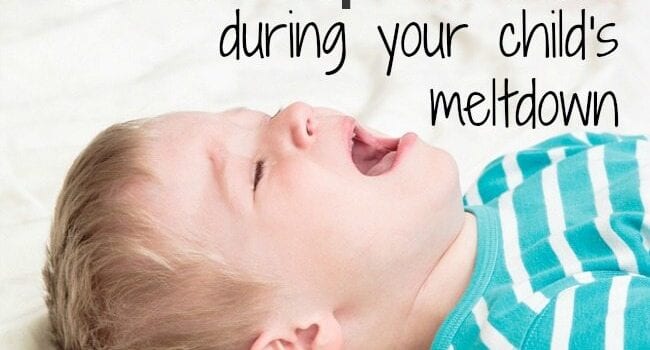
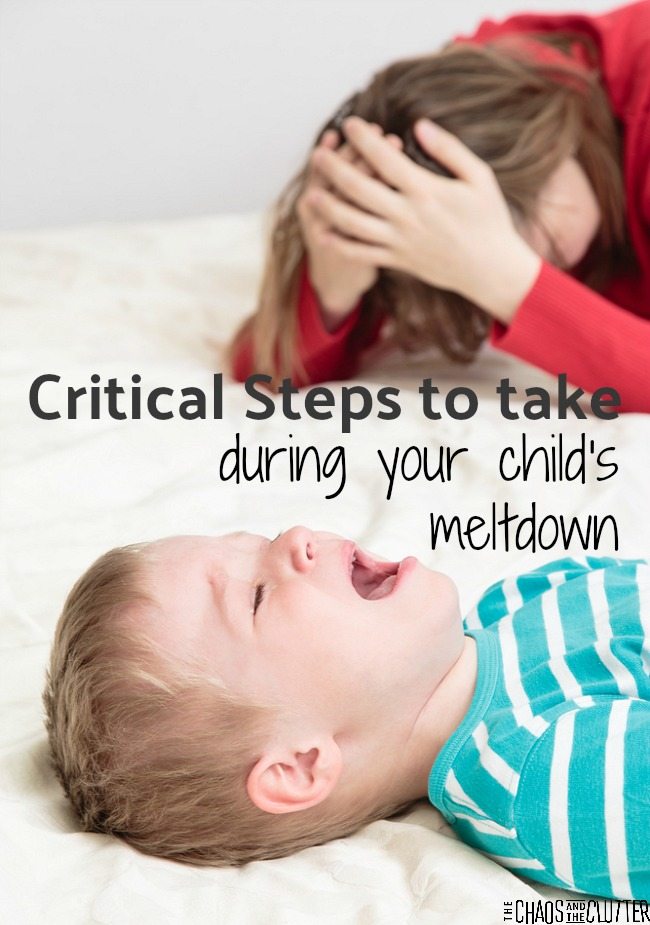 While it is always important to determine the underlying cause for a meltdown, such as whether it is a
While it is always important to determine the underlying cause for a meltdown, such as whether it is a 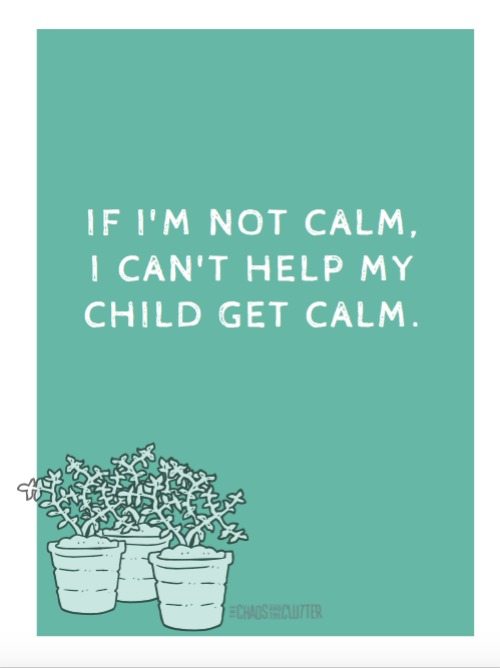
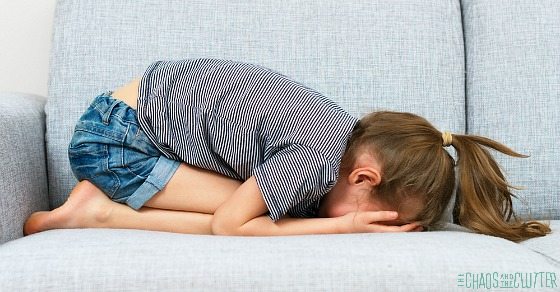 I know that not all of these suggestions will work initially. In fact, you may end up having that glass of water thrown in your direction (be sure to use a plastic cup)! But using these 5 steps will help to de-escalate your child’s big emotions. Once they are calm, you can try to determine what may have caused the meltdown in the first place.
I know that not all of these suggestions will work initially. In fact, you may end up having that glass of water thrown in your direction (be sure to use a plastic cup)! But using these 5 steps will help to de-escalate your child’s big emotions. Once they are calm, you can try to determine what may have caused the meltdown in the first place.